This article was featured on Twinkl as part of their Sustainability Week campaign.
The ability to repair our consumer goods, especially electronics, should not be a luxury, it should be a right.
Eighteen years owning a cell phone
Cell phones have come a long way since the early days. I remember my very first cell phone. It was a Nokia brick phone that was given to me by my parents for Christmas my senior year of high school. It had a standard T9 keyboard, made phone calls, and had the game Snake on it. I don’t remember having charge anxiety–you know, the fear of running out of juice–because it didn’t have much functionality, which allowed for a long battery life. I was 17, and it was the worst gift I had ever received! I hated it. Why would anyone want a cell phone?
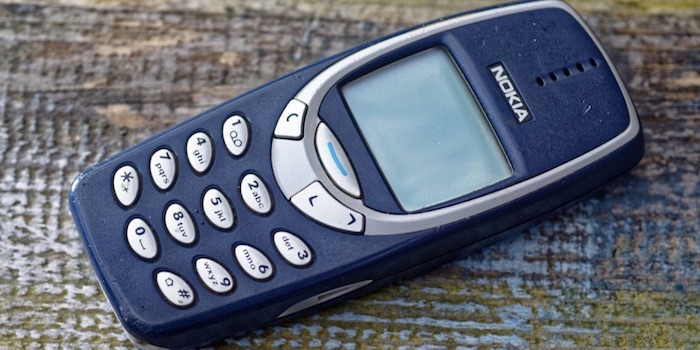
It is hard now to imagine seventeen-year-old me going out into the world with no tether–no connection with my parents. I think my parents typically knew where I was (my girlfriend’s house), but they didn’t have an easy way of getting ahold of me. It seems like we have gone in the complete opposite direction, where I, as a full-grown, responsible, self-sustaining adult, is expected to respond to text messages and phone calls within short order to avoid the highway patrol and local hospitals being called.
The reality of today
Fast forward to the present, and our cell phones have become much more complicated and expensive.
I have an iPhone 7, which, as many of you know, does not have a separate 3.5mm jack for headphones. Instead, I plug mine directly into my lightning power port. Earlier this year, I noticed that my headphones would stop working intermittently. I would stop what I was doing, jiggle the cord a little, and they would work again. At first I assumed the problem was with the headphones themselves, but when I started to have difficulty charging my phone, I knew the problem was with the port.
Prior to this phone, I had an iPhone 5, which I managed to keep alive for about four years. In that time I replaced the phone’s battery, twice, the speaker, and the lightning port. Although the phone did require a special pentalobe screwdriver to open, it was a relatively straight-forward process.
Repairing electronics
As far as repairs go, the iPhone 7 was on a whole new level. I could see from online videos and guides that it would be a difficult and time-consuming repair, but it was worth the risk. As anyone who has purchased a new phone recently knows, they are expensive! New iPhones can cost more than $1000. Yes, there are other options aside from Apple, but that doesn’t negate the sheer fact that I had a mostly functional phone with one broken piece.
Through research, it looked like this type of repair would cost more than $200, given the amount of time spent opening it up to literally remove everything to access the lightning connector assembly.
From start-to-finish it took THREE HOURS to complete this repair and required the purchase of a specialty tri-point bit that was size 000, which is tiny.
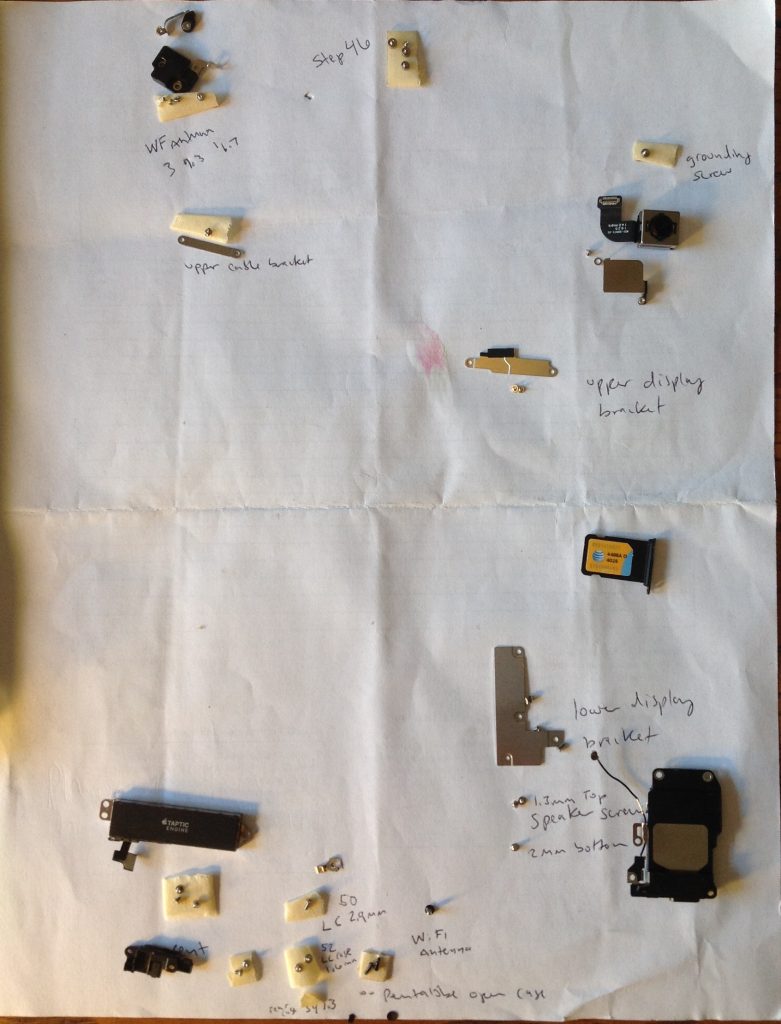
I don’t intend to walk you step-by-step through this repair because there are plenty of videos and guides for that. What I will say, is that this phone was designed to be near-impossible to open up and make a repair, whether it was the battery or the lightning port. Companies like Apple will have you believe that due to the high-functionality of their products, they can’t have just any yahoo with access to YouTube and some screwdrivers opening them up.
Instead, they’d prefer that you bring them in to the Genius Bar for repairs. As you can imagine, for most people, the cost of professional repairs is so great that it is often easier to just by a new phone. I know for certain that my dad has actually done that twice!
Introducing Right to Repair
There is this concept that has been around since the beginning of time, but is finally circling back called the Right to Repair. It is the idea that we should all be able to repair our consumer goods, should we choose. Companies intentionally make their products difficult or impossible to repair in an effort to force us to purchase more products, and that is a problem. Case in point is my dad. He, with the best of intentions, found himself replacing his phone two times over the past several years due to one broken piece of his otherwise working phone. A whole new phone over just one piece that cost me $6.00 online! Six dollars!
When it was all said and done, I had no idea whether or not I would be able to successfully take my phone apart, completely gut it of all its pieces, replace the broken part, put it back together, and have it actually work. But I did! Two months have gone by and it works great. Honestly, it feels like a new phone. I had no idea how such a relatively simple fix (in theory) could have such a positive impact. It literally brought my phone back to life.
Many people take pride in having the newest model of whatever product they are into, but I am the exact opposite. Instead, I take pride in keeping alive the products I already have.
Why this is a problem
Up until about 20 years ago, very few people had cell phones. Today, most people have at least one, and many, for various reasons, have two. The Nokia bricks of the past lasted several years, but now, many of us replace our phones every year. This has created a humanitarian problem and a waste problem. Cell phones utilize precious metals, which are difficult to source, let alone sourced ethically. Additionally, we are creating way more e-waste than I think anyone could have ever imagined.
Final thoughts
I would like to give a sincere shoutout to IFIXIT for their free comprehensive step-by-step guide to make this repair. I wouldn’t have been able to do it without them. That being said, it was 64 steps to make the repair, followed by 64 steps putting it back together. That is definitely not for the faint of heart. And, requiring three specialty screwdrivers and utilizing screws of different sizes, like 1.2mm and 1.5mm, this phone was not designed with repair in mind!
I’d like to hear from you
Do you have an experience making a repair? This could be anything from a cell phone, to a garment, to your car. Positive or negative, I would like to hear about it. Share your experience in the comments below, or by sending me an email!
About the author
Jonathan Levy is an environmental consultant focused in solid waste and zero waste lifestyle enthusiast. When he isn’t knee-deep in a dumpster, you can find him entrenched in a book, hiking the San Gabriel mountains, or tending to his composting worms.
Other posts by Jonathan Levy
DIY – Build a Kick-ass Retail Quality Worm Compost Bin on a Budget
Compost Yourself on Choose Your Own Religion Podcast (interview)
[SUPPORT NEEDED] SB-54, California Circular Economy and Plastic Pollution Reduction Act
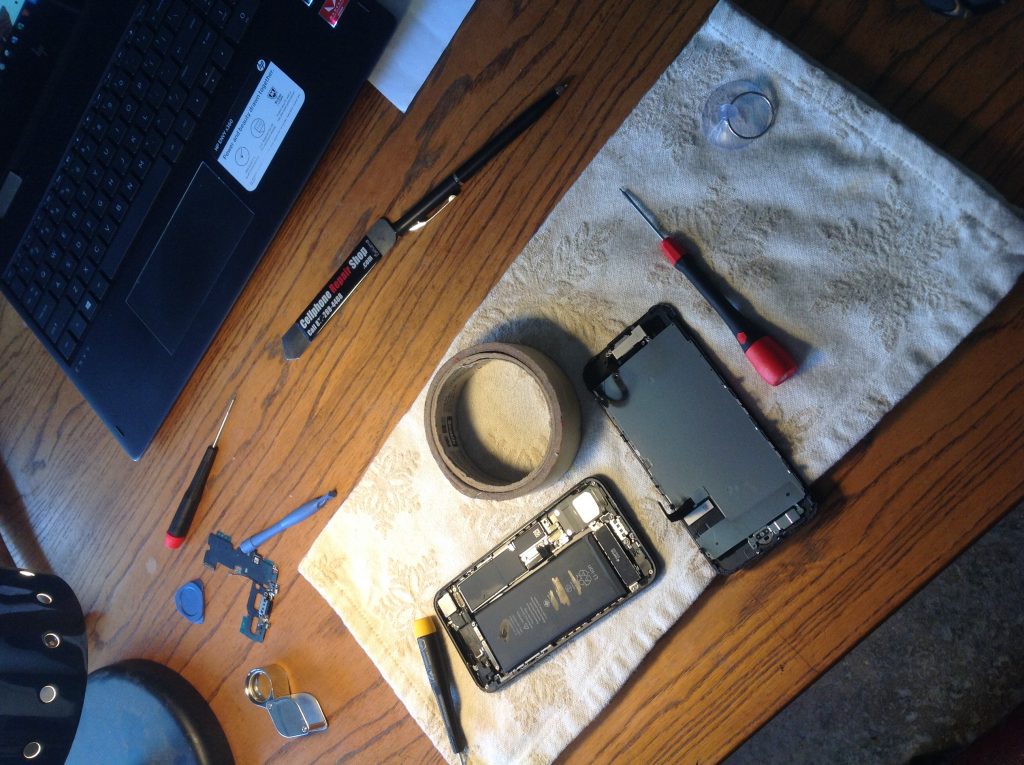
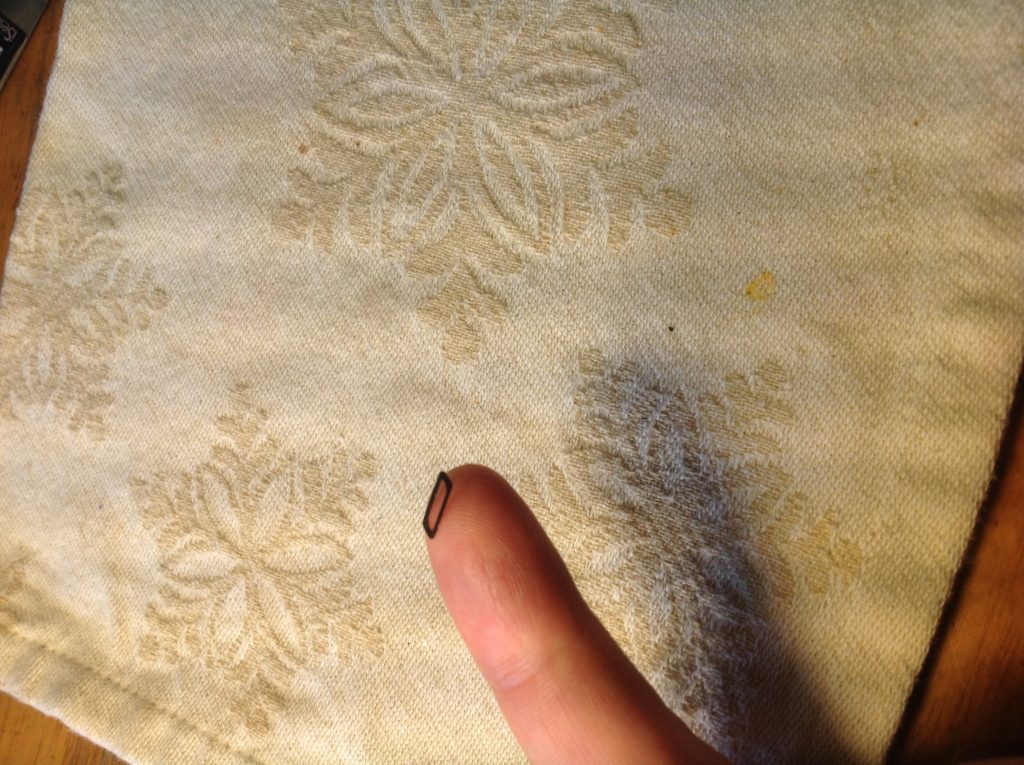
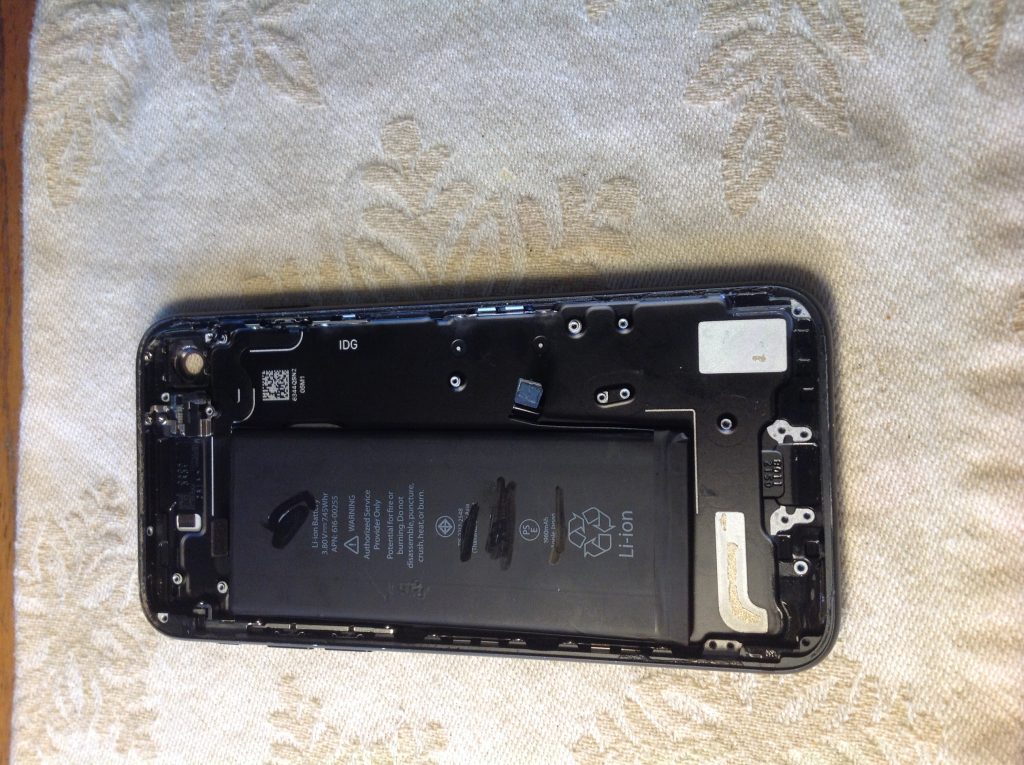

Thank you for the article. Would be interested in hearing more tips on how to fix electronics and household appliances as I always feel frustrated having to throw anything out. Feel free to share more “Fix it tips for dummies.” And let’s change the throw-away culture.
I hear you! That iPhone repair still took three hours with intense focus. I couldn’t imagine trying to document it with more photos at the same time! There is an org called Repair Cafe that hosts free meetups once a month or so, where people bring in broken items and volunteers help repair them. You should see if there is something like that in your area.
Hi Zero Waste Guy – Zero Waste Mommy here, and though it’s not nearly as impressive I fixed a broken Igloo cooler one evening using a flathead and YouTube before my husband got home from work… and totally got laid for it. Cheers!
Hey ZWM! Great story. I think the satisfaction of keeping something alive for longer than it is intended is a reward enough, but I like your payoff better!
I tried to fix my front load GE Profile a year ago, after the tech gave up without even opening it. I asked why there was included a little sealed diagram if he wouldn’t even try- no luck. Still wanted to charge for a visit- um no. The part needed was the spring that held it balanced but it was inaccessible I had to cut through the plastic grate to access it, only to find that the whole assembly had to be purchased instead of the single part, that probably could now be 3d printed if I knew how.
Eventually I gave up and dismantled the entire drum, making a composter out of it- excellent use of all those holes, but what a waste of all the circuitry, steel, and time wasted.
Wow, that sounds like A LOT of work. I am going through this with my Bodum electric coffee bean burr grinder. It makes the same noises it usually makes, like it’s working, except that it isn’t pulling beans from the hopper into the grinder. Bodum’s operating manual doesn’t provide any troubleshooting advice. And…the two YouTube videos I have found say you need to be really careful opening it, because all the wires are not soldered on well and easy to pull apart. It’s almost like they have it designed to break if you try to open it to make repairs. Talk about frustrating.